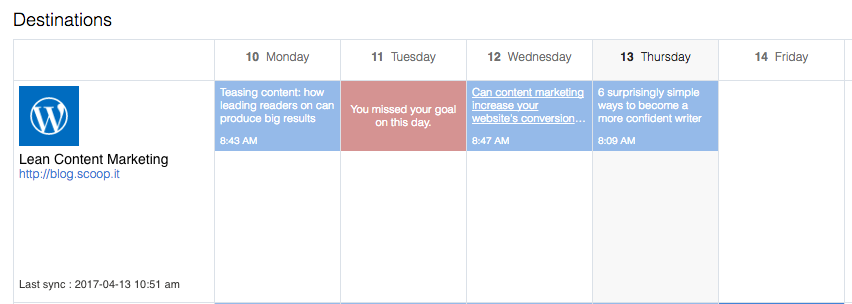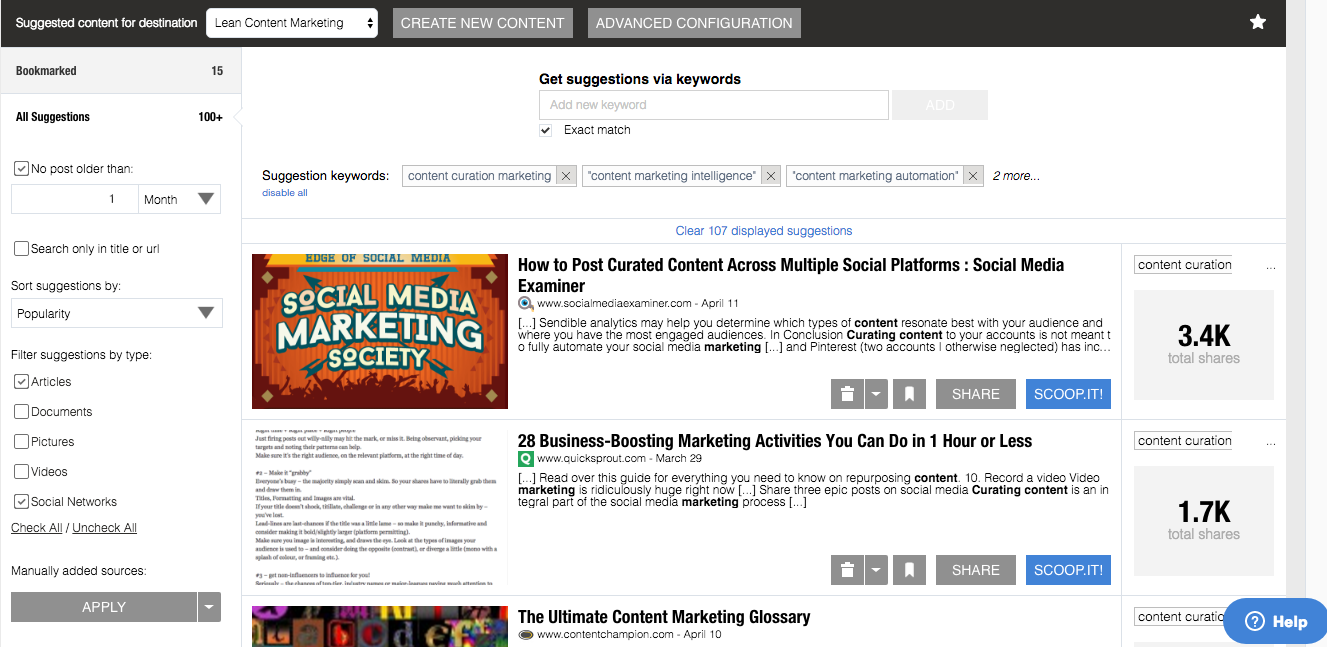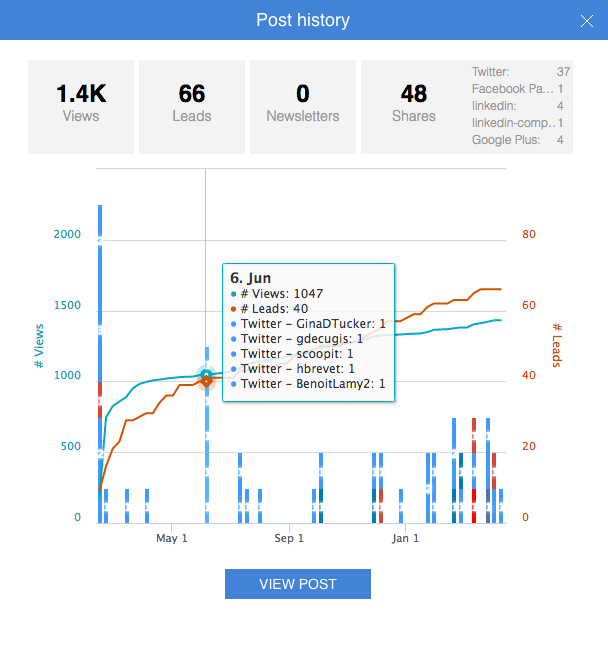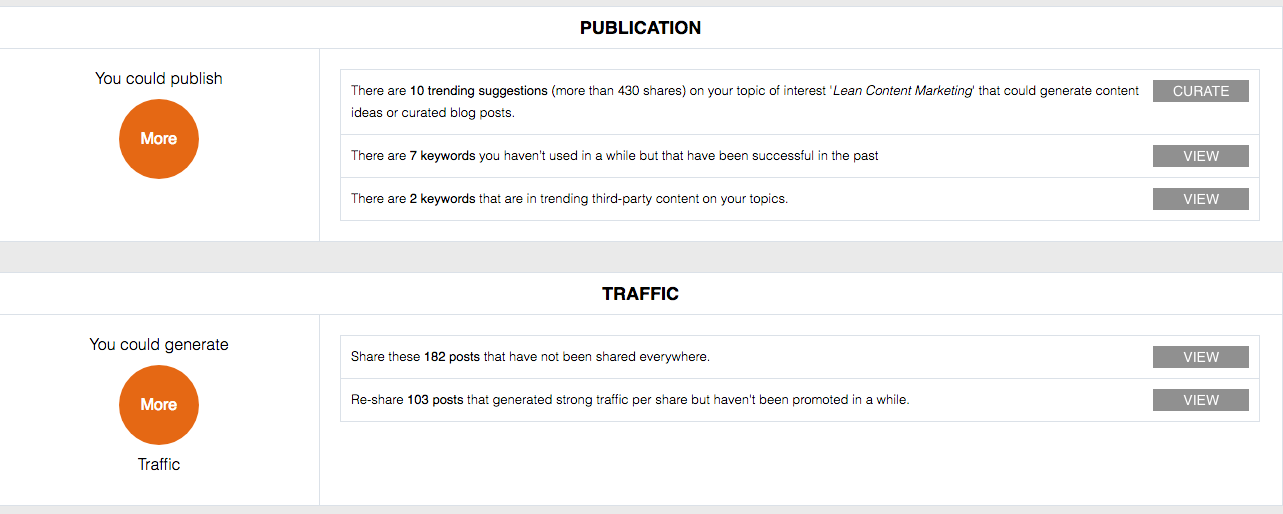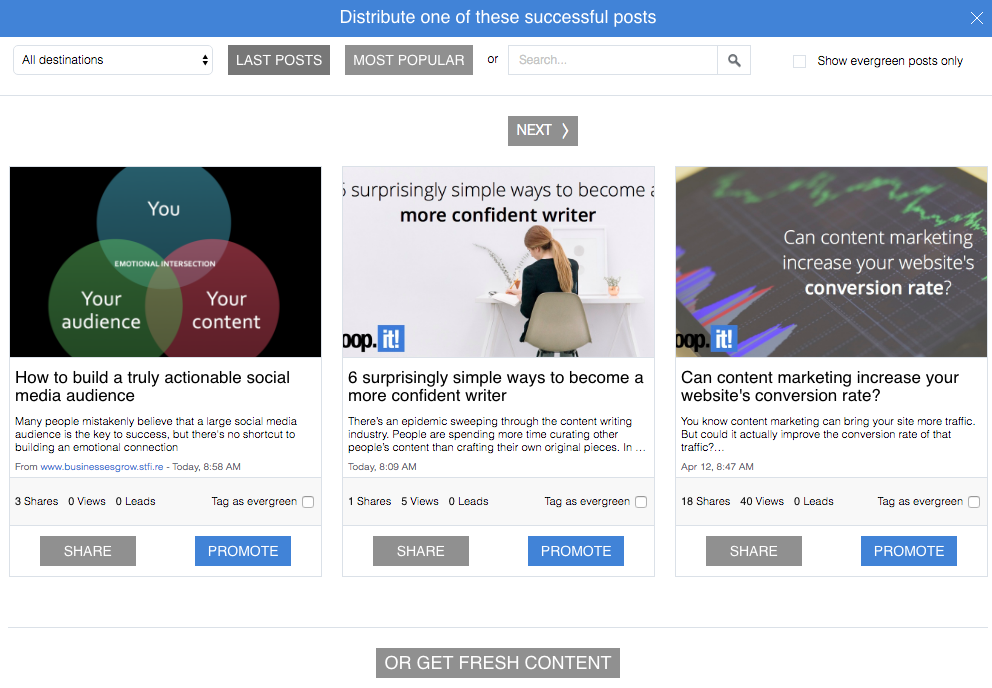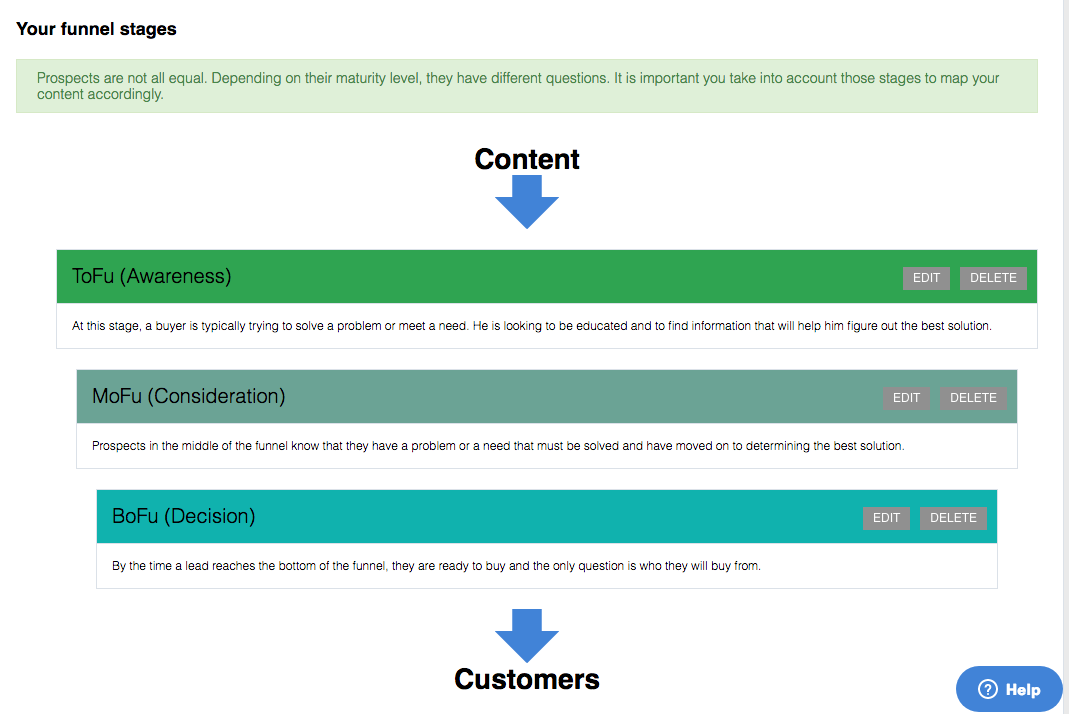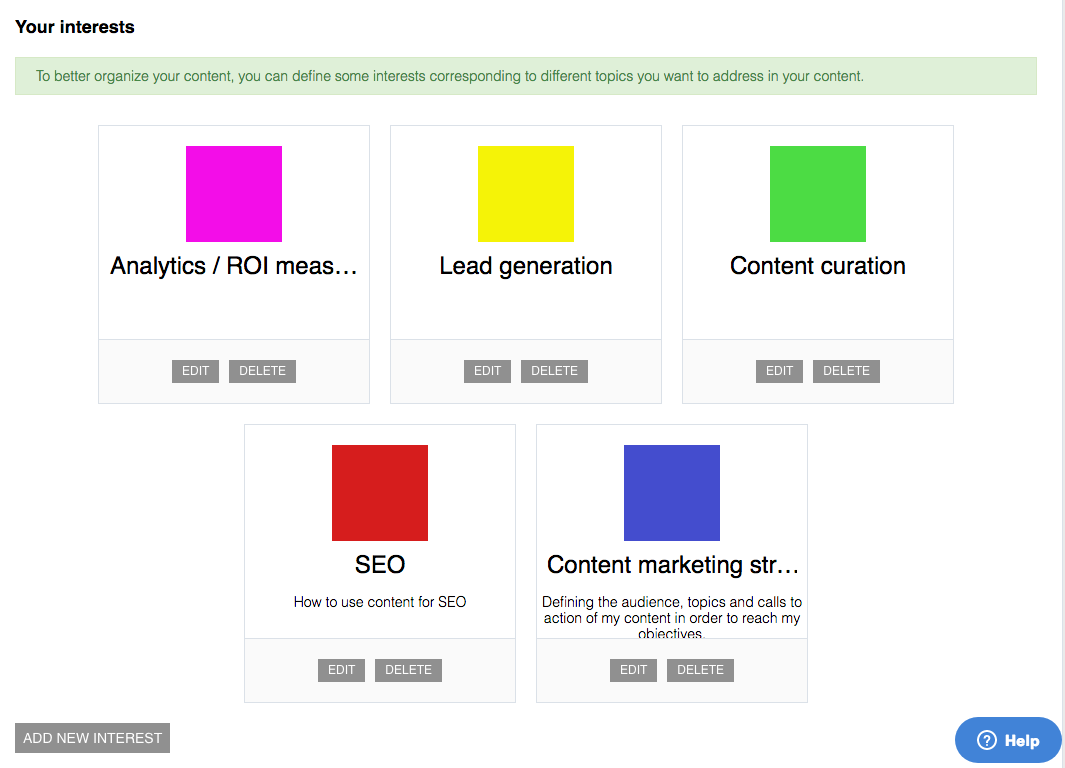
Excel is undoubtedly an extremely useful product. Everyone uses it. It can help you organize and analyze data, map out your quarterly achievements, and keep track of important statistics. But excel alone is not sufficient for strategic content marketing.
A shockingly high number of marketers still use excel as their primary content marketing organizational tool. They use it to jot down their existing blog posts, plan their next content initiatives, and record the performance of these posts. While technically, it gets the job done, it’s a highly manual process and consumes far more time than it’s worth. It’s not adaptive and requires a manual input of data. Wouldn’t it be great if planning your content strategy didn’t require such mindless busywork?
Luckily, there are countless products available that can automate your manual processes. But you need to determine which features are important to you. Some of them can automate your social scheduling alone, some can automate just your analytics, and others simply monitor conversations on the web without contributing to your own content marketing funnel.
Generally, content marketers are using excel for:
- Keeping track of publishing (of new content to their blogs, social networks, and email campaigns)
- Planning promotion (of their older content)
- Understanding analytics
- Creating a content strategy.
Obviously, a computer is not going to write better blog posts than a human writer. But there are still many ways that automation can reduce the time you spend in excel.
Automating publishing
Most marketers rightly prefer to have control over what gets published to their blog. We’re not suggesting that you replace a human with an automated publishing machine. But aside from writing the content, automation can help you schedule it, amplify it, and optimize it. Additionally, content curation is a widely used practice that allows you to repurpose third party content into your own original blog posts, which can be automatically included in your publishing schedule (after a manual approval from your team, of course).
What features are important in publishing automation tools?
The most important feature in a publishing automation tool is the calendar. Ideally, this calendar would be already synced up to your publishing channels (typically your blog and social networks), to give you a clear visual of what you are already publishing and make the publishing gaps more obvious.
Another necessary piece of an auto-publisher is access to content. This can be either your own content, drafts, or third party content. A platform should make it easy for you to create a post directly onto the calendar as soon as you notice a gap. If you’re a current Scoop.it Content Director customer, you probably know that we enable this in the form of google doc integration, content curation, content uploads, and direct publishing to your blog.
Automation platforms should also enable you to set your own goals. Maybe you want to trust AI to select optimal publishing times, but usually, marketers prefer to set their own schedules for content publishing. A good publishing automation tool will allow you to do both, but it’s essential that you have the option to override a system’s automated schedule and input your own trusted publishing goals.
Automating promotion
Promoting your content is equally important as publishing it. In some ways more important, because promotion is where marketers must differentiate their high and low performers, strategically determine when and where to share a post, and effectively deliver on these initiatives. When you use excel to create a promotion schedule, it’s entirely manual. You have to actively decide which posts deserve promotion (based on their performance, which you also have to measure manually), select days you wish to share them on (either by studying industry best practices or by going off your gut), and choose the proper networks to share to (you shouldn’t just share everything to all your networks, it should be strategic!). Luckily, content marketing automation platforms often allow for complete or partial automation of promotion of your already-published content.
What features are important in automatic promotion tools?
A good content promotion software should be intelligent, or synced to your content analytics. That way, you can easily identify the posts which would MOST benefit from social promotion, and understand which posts are better left un-shared. The types of analytics that should be clearly visible are views and visitors on the post, leads generated by the post, and social shares from the piece of content.
On top of being intelligent, a content promotion tool needs to be strategic. Once you know the stats of your content, what do you do with it? AI is now widely used in content marketing software to help you identify the best times, days, social channels, and language to use in promoting your post. Scoop.it has recently introduced an AI-inspired opportunities dashboard, which not only gives you a snapshot of your content’s performance but gives you active recommendations on when and how to promote your posts.
Promotion tools should also have a full sync to your existing content library. In that way, it can help you identify older pieces of content you may have forgotten about that would benefit from some social promotion. A full content sync will give you access to a library of your posts to help you determine which pieces should be evergreen (timeless content that will always benefit from promotion) and which pieces are OK to end promotion on.
Moving your content strategy off Excel and into Scoop.it
When we say “strategy” here, we are referring to a marketer’s deliberate content plan which targets personas, funnel stages and readers’ interests. Most marketers have some sort of strategy already in place, albeit often minimal, and many are still using excel to keep track of their strategy performance. It’s essential for a marketer to understand what types of content they are lacking and what types are already saturating their publishing. Here’s how Scoop.it can help.
We’ve implemented a new strategy feature on Scoop.it Content Director that is much more visually appealing than excel, easier to read, and enables quick sorting of your existing content. The goal behind this feature is to help you identify who your target personas are, what stage in the funnel they are in, what interests them, and whether or not you have content that fits these different needs. If you need help defining a content plan, or you’re sick of using spreadsheets, give this feature a look.
How do I find the right tool?
This depends entirely on your role and your objectives through content. Are you in charge of social media scheduling only? You may do just fine with buffer, hootsuite, or Scoop.it’s starter packages. Are you in charge of blogging, social media, newsletters and more? You probably need something a bit more robust. Shameless plug for Scoop.it Content Director, our enterprise marketing automation platform that enables all of the features listed in this article and more. Please request a demo or send us an email to get started!
Image by Startupstockphotos



